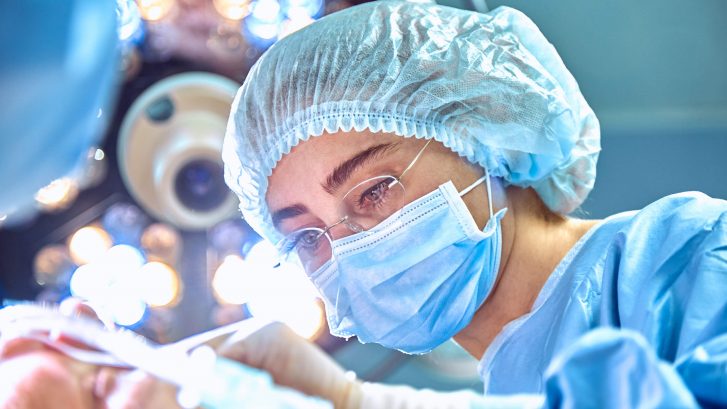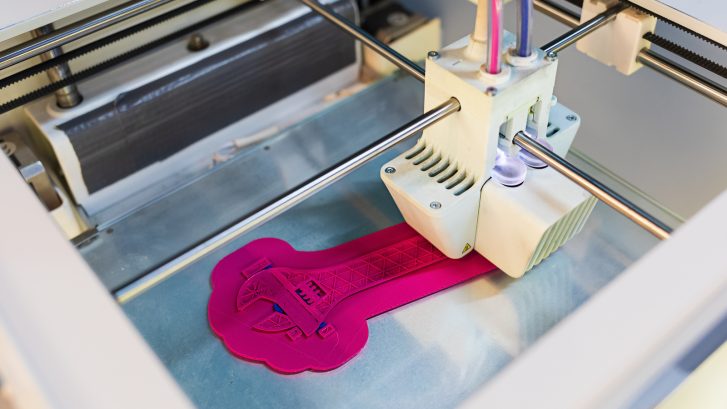Unraveling the “Natural Body” Movement
The human body is both a work of art and a powerful machine. It performs a myriad of physical functions every day, and its contours shimmer and shine with perfection.
Your physique evolves over time, growing more muscular, more mature, or more curvaceous as you age. Only you should determine the trajectory of these changes. So, it’s important to not listen to trends, peer pressure, or social media. Your body is your own, and it is magical.
In the spirit of supporting the individual’s sovereignty over her or his appearance, a movement called the “natural body” trend has emerged. On the surface, this craze is designed to celebrate your size and shape, but it is inherently flawed in its unanimity. By telling people they should not explore every option when it comes to self-improvement, the “natural body” crowd is can be another form of conformity.
ONLINE IMPRESSIONS
First, we must address the elephant in the chat room: the hypocrisy of the plastic surgery shaming phenomenon. Many of the social media influencers partaking of this bullying have a squadron of stylists, lighting technicians, and world-class photographers to make them look unnaturally beautiful. When people put down others who have gone through plastic surgery, they are ignoring all of the non-invasive enhancements they are currently sporting. It’s important to remember that some people aren’t open and honest about the work they’ve had done as well. Telling fans to “stay natural” while secretly enjoying the benefits of cosmetic procedures is the ultimate in hypocrisy.
Even if these celebrities have, indeed, never received cosmetic surgical enhancements this should have a minimal impact on the decisions you make for your body. Maybe they were born with perfect cheekbones, a high metabolism, or flawless skin. Genetic good fortune does not give anyone the right to shame others for wanting a little boost from a skilled medical professional.
Do not let anyone prevent you from looking and feeling the way you want. In addition to the obvious physical benefits afforded by cosmetic enhancement, there is also a psychological boost that you may enjoy.
An extensive study conducted in 2013 surveyed over 800 individuals, 544 of whom experienced plastic surgery while the remaining 264 did not. The results indicate that cosmetic procedures helped to increase people’s feelings of attractiveness, self-esteem, and overall quality of life. Meanwhile, indications of body dysmorphia, social phobia, anxiety, and depression all decreased. By attaining their true aesthetic self, patients aligned with their identity, confidence, and happiness. In short, looking better helped them feel better.
TAKE PRIDE IN YOUR AESTHETIC RIDE
You are unique. From your fingertips outward, nobody looks, behaves, and thinks exactly like you. That is why your individual journey should be respected. Just because someone online says that you must adhere to her “natural” beauty regimen, it does not mean you need to listen.
Take the fabulous nose, for example. If you are blessed with a button look, then you can snap selfies and preach about how nobody else should dare alter their nose, because look how perfect yours is! Seems unfair, right?
Rhinoplasty is the great equalizer. A nose job procedure works with the contours of your face, highlights your innate attractiveness, and minimizes any imperfections you may perceive. But it also has a functional purpose. Rhinoplasty can open up your breathing passages, address any asymmetry issues, and help you sleep at night… literally. By fixing the septum that sometimes prevents a restful slumber, rhinoplasty can make your dreams come true.
People never know what others are struggling with, which is why it can be unfair to judge those who receive rhinoplasty surgery.
WE’RE NOT BUYING WHAT THEY’RE SELLING
Let’s face it: money makes the world go around. Many social media influencers try to be authentic and accessible, projecting the “girl/guy next door” vibe, but they are often compensated for their work. Instagram stars may get free clothes from fashion brands to show them off and generate “likes” by the thousands.
Fitness stars are similarly paid to promote a certain lifestyle. Gym selfies and workout blogs flood the Internet, but how applicable are they to your reality? If you exercise every day of the week, it can provide a host of wonderful health benefits, but it may not be effective in shaping your body the way you want.
Liposuction can be the perfect supplement to a healthy lifestyle. If endless hours on the treadmill are taking you nowhere fast, then consider the benefits of this procedure. These liposuction methods target unwanted fat deposits and vacuum them away gently and effectively.
The “natural body” folks may frown on liposuction, but it the most accurate way to sculpt your shape. The procedure employs a thin tube, called a cannula, to bathe fat stores with a tumescent liquid. This liquid loosens unwanted fat, making it easier to remove through the cannula.
People with bulges of fat that do not adhere to the “natural” look touted by online tastemakers can benefit from liposuction in various ways. The procedure can highlight the vibrant structures beneath excess fat. Liposuction helps level the playing field between those who are born with svelte figures and those who must work for them.
WELCOME TO THE NEW YOU
To achieve the transformative benefits of cosmetic enhancement for yourself, contact our Beverly Hills office. It is natural to strive for excellence. It is natural to want the best for yourself. The only thing unnatural about aesthetics is forcing your opinions on others. Ignore the haters and love yourself!










